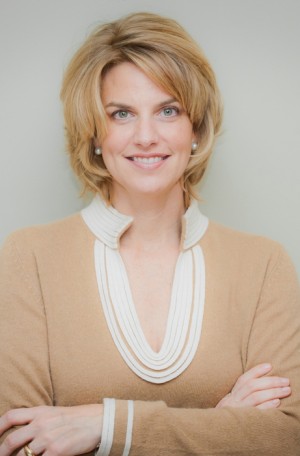More than twenty years ago, the film Basic Instinct was released, and GLAAD’s relationship with Hollywood began to take shape. The film’s portrayal of bisexual and lesbian women as duplicitous and psychotic murderers was yet another example of Hollywood’s longstanding practice of portraying lesbian, gay, bisexual, and transgender (LGBT) characters as evil villains and tragic victims. This time, however, the LGBT community was going to make their voices heard.
Fed up with how the media had long told our stories, GLAAD spoke out against the film’s portrayal of our community and led the conversation in the press and behind the scenes with the studio. It’s one of the roles we continue to play today.
Sadly, the mainstream film industry has continued to lag far behind other media when it comes to portraying LGBT people. This is why in 2013, GLAAD launched the annual Studio Responsibility Index (SRI) to examine depictions of the LGBT community in mainstream Hollywood film and hold studios accountable for what their films depict.
Every year after analyzing the studios’ theatrically released films, we struggle to find the silver lining. For every standout LGBT role, there seem to be two others that either barely register or present us as jokes or offensive caricatures. And sometimes it’s worse.
This year, one of the few bright spots we found was the 2014 film slate from Warner Brothers which represented the LGBT community more consistently than any other studio. With most other media, we might take this as a promising sign of progress, but several years of analyzing the mainstream film industry have taught us that the major Hollywood studios demonstrate very little consistency when it comes to depicting LGBT people. Already in 2015, for example, Warner Brothers released one of the most problematic films we’ve seen in years, the gay-panic exploiting comedy Get Hard.
Hollywood must recognize that LGBT people are worthy of depictions crafted with care and humanity, and we should be part of the stories they tell. Doing so won’t simply demonstrate respect for a long-standing part of their audience, but it will align Hollywood film with other media in telling more authentic stories that represent the full diversity of our society and encourage greater understanding Only then will we be able to say that America’s film industry is a full partner in accelerating acceptance.
Sarah Kate Ellis
GLAAD CEO & President













